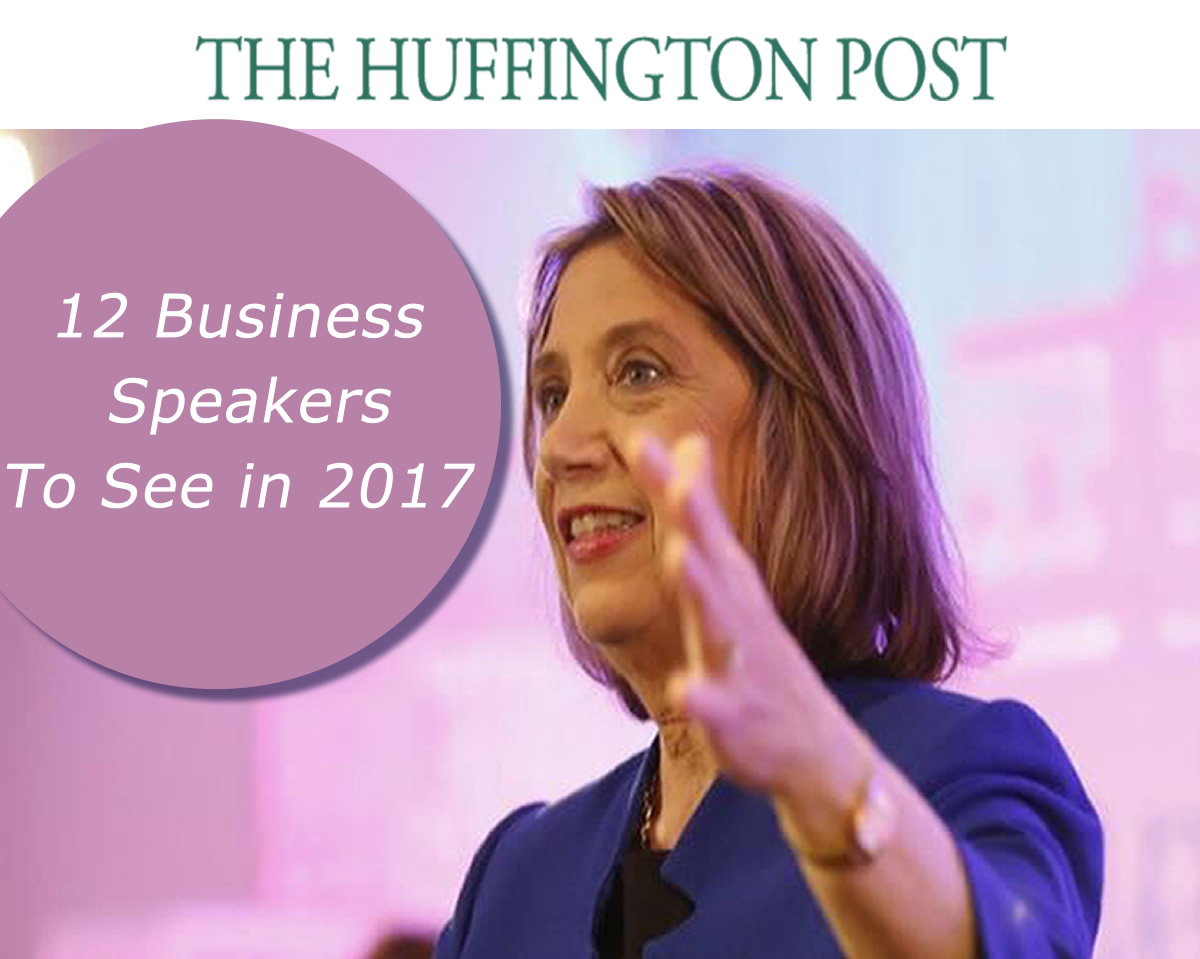 Big things can happen when a company commits to the principles of social business. Just ask Martyn Etherington (@Etherington_CMO), Chief Marketing Office at Mitel (@Mitel), who over the past year used our best-selling book, The Social Employee (McGraw-Hill, 2013), as a template to transform his organization from the inside out.
Big things can happen when a company commits to the principles of social business. Just ask Martyn Etherington (@Etherington_CMO), Chief Marketing Office at Mitel (@Mitel), who over the past year used our best-selling book, The Social Employee (McGraw-Hill, 2013), as a template to transform his organization from the inside out.
We had been acquainted with Etherington through our mutual friend and social business guru, Kevin Randall (@KevinBrandall), who contributed the afterword to our book. However, it wasn’t until an article titled “Can You Really Let Employees Loose on Social Media?” came out through MITSloan (@MITSloan) last week that we realized the extent of Mitel’s exciting transformation. So when a follow-up feature titled “Should You Let Just Any Employee Tweet About Your Company?” came out in the Boston Globe (@BostonGlobe) over the weekend, we were thrilled both to see the social employee conversation take off in such a public forum and to get such a great look into the inner workings of the blossoming culture at the company.
So what did Etherington have to say about his social employee experience? Here are some interesting things we learned from the two articles:
Boosting the profile. Despite being a $1.2 business communications company, Mitel isn’t particularly well-known. When Etherington came on board as CMO, he was dead set on boosting their profile and saw employee engagement through social media as a natural path to follow. In less than a year, active employee engagement has skyrocketed from about 30 to over 1,600 people.
Take away the fear. If it’s one thing that our social employee advocacy has made clear to us, it’s that helping employees conquer fear is one of the most important jobs of the social executive. Etherington and Mitel have taken a keep-it-simple approach to addressing fear: they provide “canned tweets” for employees to use, keep rules to a minimum (basically, “use your best judgment”), and reward employee efforts through gamification every step of the way.
Letting the customer inside. In The Social Employee, we argued that a brand cannot communicate externally unless it first learns to communicate internally. Etherington and everyone at Mitel have certainly taken this concept to heart, but in applying this philosophy, they realized that to move their product development forward, they had to bring the customer’s voice into the mix as part of internal discussion. This sparked a new understanding within the brand of how their products were used—and ultimately how they could communicate value when those products went to market.
Social is a work in progress. While Etherington will be the first to cite the money saved in choosing social marketing over traditional advertising, or the large improvements social engagement has had on product development, he will also be the first to caution that the company is still early in the process and has a way to go. This is an important lesson: going social is not a quick-fix, but rather a long-term reconfiguration that requires a lot of learning on the spot.
Etherington, clearly a passionate and engaging person, had a lot of other great things to say. So be sure to check out the articles here and here full the full rundown. In the meantime, we can’t overemphasize how thrilling it is to see our book being used as model for dramatic social business success.
Want to know what all the excitement is about? Order your copy of The Social Employee today!
Below are recent endorsements for The Social Employee (McGraw-Hill, August 2013) by Tom Peters and David Aaker on their social networks, but if you want to see more of their endorsements click here.

In The Social Employee, we go behind the scenes with several leading brands—such as IBM, AT&T, Dell, Adobe, Southwest Airlines, Cisco, Acxiom, and Domo—pulling the lid off the inspiring social business success stories that have propelled these companies into the 21st century. These cutting-edge brands have all come to the same realization: the path to social business lies through empowering the social employee.
See what others are saying about The Social Employee and order your copy today!
Please check out @SocialEmployee media buzz! 
“Great brands have always started on the inside, but why are companies taking so long to leverage the great opportunities offered by internal social media? . . . The Social Employee lifts the lid on this potential and provides guidance for businesses everywhere.” —JEZ FRAMPTON, Global Chairman and CEO, Interbrand
 The Social Employee offers an unparalleled behind-the-scenes look at the social business success stories of some of the biggest brand names in the business world, including IBM, AT&T, Dell, Adobe, Southwest Airlines, Cisco, Acxiom, and Domo. These cutting-edge brands have all come to the same realization: the path to social business lies through empowering the social employee.
The Social Employee offers an unparalleled behind-the-scenes look at the social business success stories of some of the biggest brand names in the business world, including IBM, AT&T, Dell, Adobe, Southwest Airlines, Cisco, Acxiom, and Domo. These cutting-edge brands have all come to the same realization: the path to social business lies through empowering the social employee.
The brands that leverage their employee base in order to engage customers and prospects through social media are the ones destined to win the marketing wars. This book not only details the astronomical rise of the social employee, but also outlines the innovative methods that leading companies have employed to foster cultures of enthusiastic and engaged workers.
FOR EWORD by David C. Edelman, Global Co-Leader, Digital Marketing & Sales Practice, McKinsey & Company
EWORD by David C. Edelman, Global Co-Leader, Digital Marketing & Sales Practice, McKinsey & Company
AFTERWORD by Kevin Randall, Vice President of Brand Strategy & Research at Movéo Integrated Branding, and journalist for The New York Times, The Economist and Vanity Fair.
Download ~> Free Chapter 3 – “Brands Under Pressure”


















Trackbacks/Pingbacks